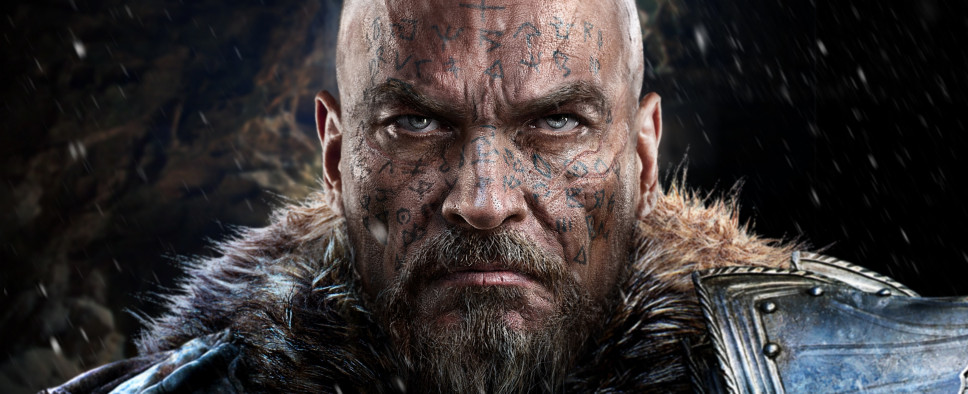Lords of the Fallen Postmortem
-
Category: News ArchiveHits: 1517

In a post to the game's official Facebook page, CI Games executive producer Tomasz Gop has treated us to a relatively brief postmortem on the creation of their action RPG Lords of the Fallen. In it, he focuses specifically on how they managed to successfully co-develop the title along with their partner on the project, Deck13. An excerpt:
Final decisions on the art style and direction for Lords of the Fallen were made somewhere around July 2012, when management of both companies spent an entire day locked in one conference room to arrive at two conclusions. One had to do with the mood of the game shifting more towards impressive medieval architecture - that's how the Keystone Monastery was invented, by the way. Below is the (previous-gen) incarnation, soon abandoned towards the Keystone as you know it by now.
The other one was tougher, but not less necessary. Both sides agreed that from now on, we would have one person always being able to make final decisions on game direction (me) and art direction (Damian). I feel that was the project's breakthrough moment - from there on things moved forward. By the way, it was soon after that when we decided to switch to next generation hardware. That decision was needed and exciting, but scared Thorsten Lange (D13's Tech Lead) as hell, I guess.
Setting up the co-development system was certainly the toughest part of creating Lords of the Fallen. When it came to production and implementation of the game, Deck13 did the lion's share of the work. It would not have been feasible any other way because of the tech and know-how the studio has. However, to say that Lords was simply published by CI Games would not be accurate. The creative input that the Warsaw team gave was very important for us. Here's the core of it:
'¢ World and story design:
o History of the Fallen God (and the iconic Hand of God symbol)
o Society branding criminals with tattoos
o Harkyn's past and redemption
o Main plot
'¢ Most character designs (including Harkyn)
'¢ Most weapon and armor designs
'¢ Most (whitebox) level design and architecture design
'¢ Part of enemy and boss gameplay designs
'¢ Most of the interface design (including equipment cards)
'¢ Significant part of writing
'¢ Combat motion-capture direction
'¢ Creative outsource feedback (to pair with Deck 13's technical perspective)
That's not all we threw in, but Lords would not be the next-gen game without the tech and tools that Deck 13 worked on so hard and the art design that made people believe this generation is capable of games with great atmosphere and mood.

